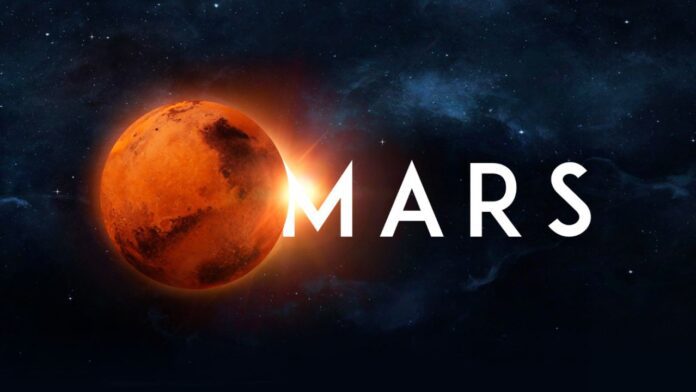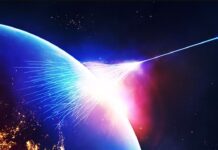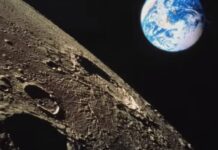While the search for life on Mars continues, NASA’s goal to return samples from the planet is expected to be completed in the early next decade. One scientist, though, advances an intriguing theory: that humanity may have contacted life on Mars over five decades ago, an encounter that may have ended tragically.
Two earlier landers played critical roles prior to the historic trip of the Curiosity rover. The Viking program, launched by NASA in 1975, not only provided the first images of Mars’ terrain, but also undertook biological investigations of its soil in the hopes of discovering signs of life.
A Paradigm Change Is Taking Place
The evidence collected by these probes sparked a paradigm shift in the scientific community on Earth regarding the presence of water on Mars. The explorations revealed a plethora of geological formations associated with the effects of large water flows. In several locations, vast river systems were exposed, and evidence of catastrophic water surges that breached dams, carved enormous valleys, gouged rock formations, and spanned thousands of kilometers emerged. Extensive networks of branching channels and streams were found throughout the southern hemisphere, indicating the possibility of historic rainfall on Mars. Notably, the slopes of Martian volcanoes resembled those of Hawaii, implying that they had previously been exposed to rain. Certain craters even exhibited characteristics resembling impacts on muddy terrain.
The Experiments
Nonetheless, a series of tests produced confusing results that perplexed scientists. Three distinct tests were carried out by the landers. The first yielded positive data, implying metabolic processes. The second two studies, which failed to detect organic compounds, led experts to suggest that the original positive result could have been driven to non-biological chemical interactions. In layman’s terms, the initial experiment discovered evidence of organic compounds mixed with chlorine, which were most likely contaminants accidentally carried from Earth.
Another element of the experiment entailed introducing to the Martian soil water laced with nutrients and radioactive carbon (carbon-14). The notion was that hypothetical Mars microorganisms would absorb the nutrients and emit radioactive carbon as a gas. Although the original experiment revealed the emission of this radioactive gas (which was missing in a control experiment), the subsequent results were equivocal. The existence of bacteria, according to an explanation on the scientific platform “iflscience,” should have resulted in higher gas production with further nutrition injections and prolonged incubation. However, subsequent injections did not result in more gas releases. Perchlorate, a chemical used in rocket fuel that could have disrupted nutrition metabolism, was the most likely explanation for the original positive report.
The Alternative Theory
However, there is an alternative theory. Professor Dirk Schulz-McKoch, an expert on planetary colonization and astrobiology at the Technical University of Berlin, believes that including water in the experiment was an oversight that could have resulted in the extinction of the microorganisms being sought.
He cites Earth-based life thriving in severe settings, such as microorganisms beneath salt rocks that pull moisture from the air, in a June publication in BigThink magazine. Submerging these bacteria in water could be lethal, which could explain why no radioactive gas was detected despite subsequent nutritional injections. Prof. Schultz-McKoch earlier postulated that Martian life could contain hydrogen peroxide within its cells. He described the benefits of such a setup for Martian life in a 2007 paper, including a low freezing point, a source of oxygen, and hygroscopicity.
“If we consider the hypothesis that Martian life evolved to incorporate hydrogen peroxide into its cells,” he adds, “it could elucidate the outcomes of the Viking program’s experiments.” He adds, amusingly, that the gas chromatograph mass spectrometer heated samples before analyzing them. “If hydrogen peroxide was present in Martian cells, this could have been fatal.” Furthermore, it might have started a reaction between the hydrogen peroxide and organic molecules, resulting in significant carbon dioxide production—exactly what the equipment detected.”
Although hypothetical, this theory proposes that mankind may have discovered life on Mars about five decades ago, mistakenly destroying it shortly after.


















![10 Countries With the Best Healthcare in the World [Statistical Analysis] Countries With the Best Healthcare in the World](https://articleify.com/wp-content/uploads/2025/07/Countries-With-the-Best-Healthcare-in-the-World-1-150x150.jpg)










